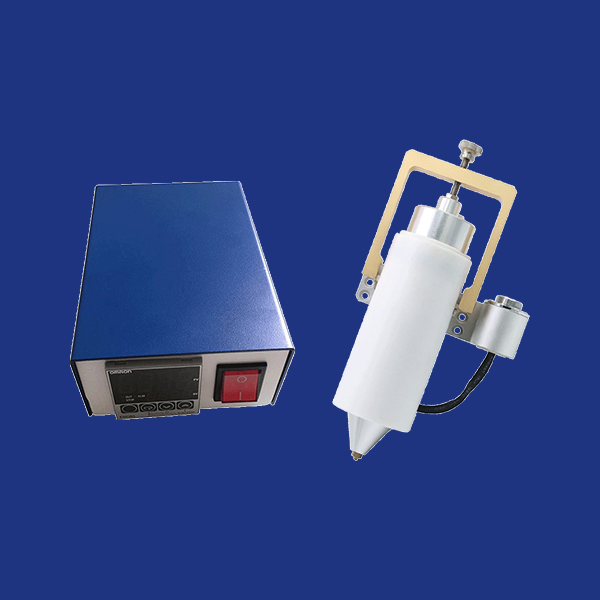




① Temperature control range:- 0℃~300℃
② Error: ± 1 ℃, control accuracy: 1 ℃
③ Working voltage: AC220V , Power: 200W
④ Input air pressure: 10-100psi, output air pressure: 1-80psi
⑤ Working temperature: 0 ℃~60 ℃, humidity: 20~75% RH
Main features:
① Heating control range: 0 ℃~300 ℃, adjustable hysteresis: (1-30 ℃)
② Temperature upper and lower limit setting function, factory parameter locking function, and delayed start function.
③ Supports power-off storage (parameters set for sudden power outages are still valid) and temperature correction.
④ Adopting K-type temperature sensors and matching silicone heating elements, as well as aluminum structural components with high heat transfer coefficients.
⑤ High insulation effect, preventing heat conduction, using high-temperature connection wires with protective covers, easy installation.
⑥ Using efficient gas source control components and fast response solenoid valves to ensure dispensing accuracy.
Temperature setting:
Press the Set button (no more than 3 seconds) to display the factory default temperature control parameters flashing. Press the △ (up) or ▽ (down) button to change the values and save them automatically. (Press and hold the △ or ▽ key for 3 seconds to quickly adjust the value);
For example, set the control temperature to 110-115 ℃, stop heating when the temperature rises to 115 ℃, and start the heating equipment when the temperature drops to 110 ℃.
① Set the temperature to 115 ℃ according to the control temperature setting method;
② Press and hold the SET key for 3 seconds to enter the code settings. The HC code (working mode setting) will be displayed on the screen. Press the SET key again to enter the HC code parameters, and the screen will display C or H (C represents cooling mode and H represents heating mode)
If the displayed C is switched to H by pressing the △ (up) key or ▽ (down) key; If it is the displayed H, you can directly press the SET key to save and exit.
③ When the test temperature is ≤ 110 ℃ (set temperature of 115 ℃ - return difference of 5 ℃), the load will start heating (if the interval between this start and the last start is ≥ delayed start time). When the temperature reaches ≥ 115 ℃, the load will stop heating.

